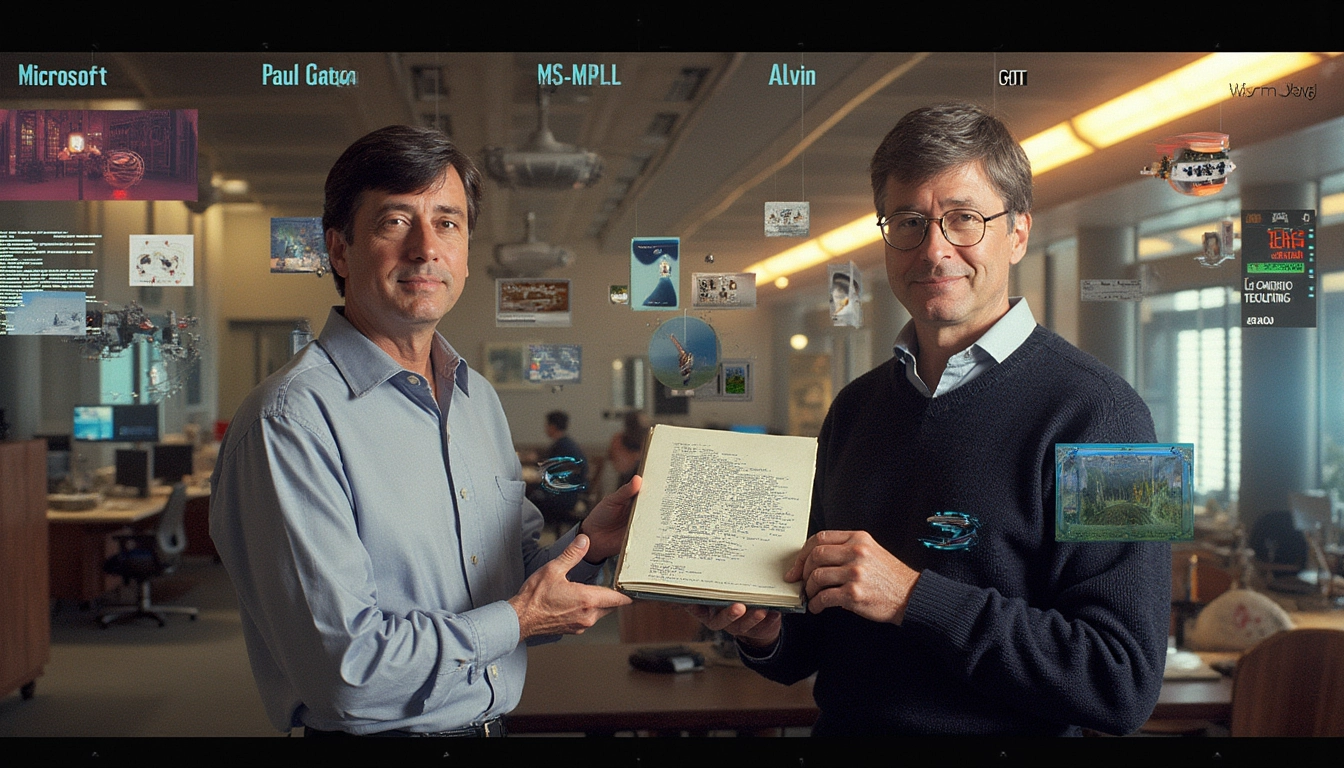
Microsoft Journey: From Software Startup to Global Technology Leadership Empire
Microsoft’s journey from a small software company to a global tech powerhouse spans five decades of innovation, challenges, and transformative leadership. Starting with the Altair BASIC interpreter in 1975, Microsoft has shaped the computing landscape through operating systems, cloud services, and artificial intelligence, while navigating significant obstacles and achieving remarkable comebacks.
Table of Contents
Key Takeaways:
- Bill Gates and Paul Allen founded Microsoft after seeing the Altair 8800 in Popular Electronics magazine
- The company dominated the PC era with Windows and MS-DOS, reaching peak market influence in the 1990s
- Microsoft faced a challenging period during the antitrust lawsuit and initial mobile computing transition
- Under Satya Nadella’s leadership, Microsoft embraced cloud computing and AI, leading to remarkable growth
- The development of Azure and AI technologies has positioned Microsoft as a leader in enterprise solutions
The Birth of a Tech Giant
In 1975, Bill Gates and Paul Allen spotted an opportunity in the emerging personal computer market. Their first product, Altair BASIC, developed for the Altair 8800 computer kit, set the foundation for Microsoft’s future success. The licensing deal with MITS proved to be a crucial stepping stone, establishing Microsoft’s business model of software licensing.

The Golden Age of Windows
The 1980s and 1990s marked Microsoft’s ascent to tech dominance. The introduction of MS-DOS and subsequent Windows operating systems revolutionized computing, making PCs accessible to everyday users. Windows 95 became particularly iconic, selling 40 million copies in its first year and establishing Microsoft’s monopoly in the PC market.
Facing Challenges and Competition
The early 2000s brought significant challenges. The antitrust lawsuit against Microsoft threatened to split the company, while the rise of mobile computing and internet technologies caught the company off guard. Under Steve Ballmer’s leadership, Microsoft struggled to adapt, missing crucial opportunities in mobile and search markets. Security concerns also became a major focus during this period.
The Cloud Computing Revolution
The appointment of Satya Nadella as CEO in 2014 marked a turning point. His vision focused on cloud computing and artificial intelligence, leading to the explosive growth of Azure. Today, Azure competes directly with Amazon Web Services, showing Microsoft’s successful pivot to cloud services. If you’re interested in automation and cloud solutions, check out Latenode for powerful automation tools.
Innovation and AI Integration
Microsoft’s recent focus on AI integration has led to groundbreaking developments. The integration of AI tools into Windows 11 showcases Microsoft’s commitment to innovation. From Copilot to advanced cloud computing solutions, Microsoft continues to push technological boundaries while maintaining its core strength in operating systems and productivity software.
Looking Forward
As Microsoft approaches its 50th anniversary, the company’s influence in cloud computing and AI continues to grow. With substantial investments in emerging technologies and a strong focus on enterprise solutions, Microsoft has successfully transformed from a PC software company to a comprehensive technology provider. The combination of Windows, Azure, and AI capabilities positions Microsoft strongly for future technological advances.


